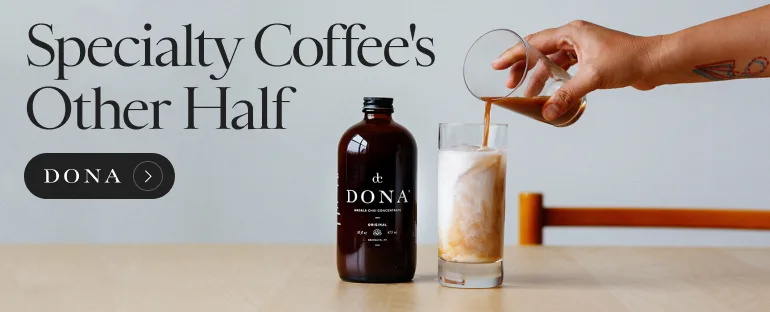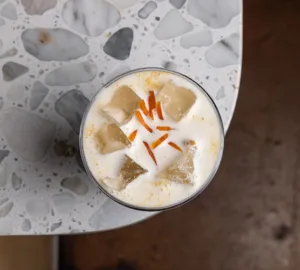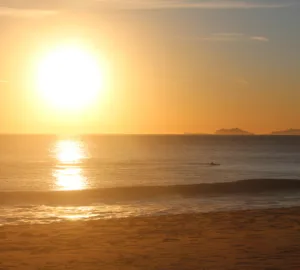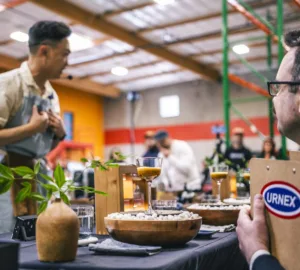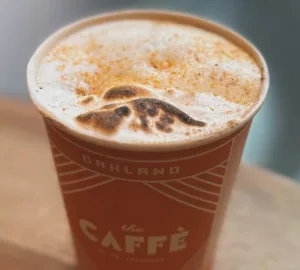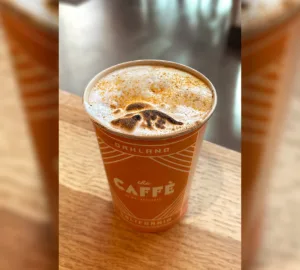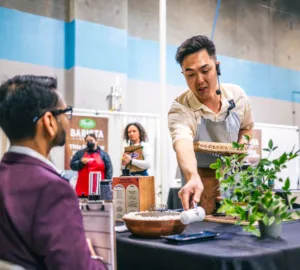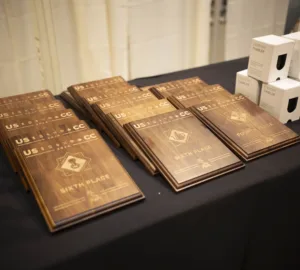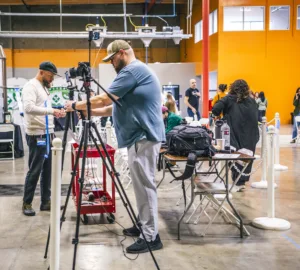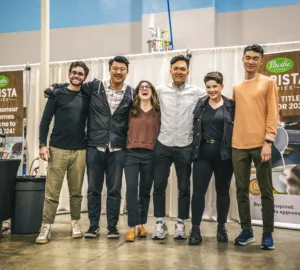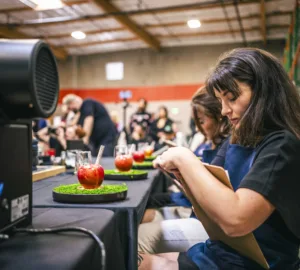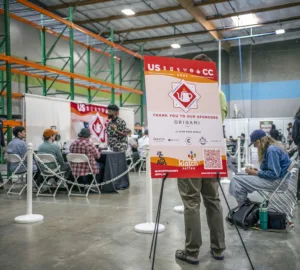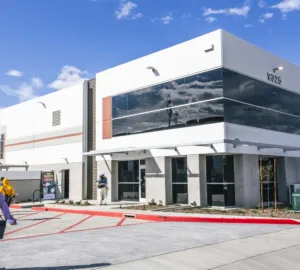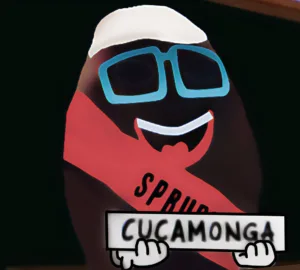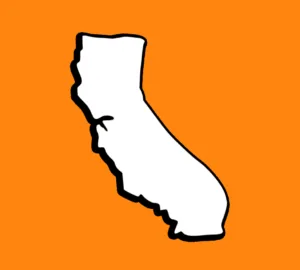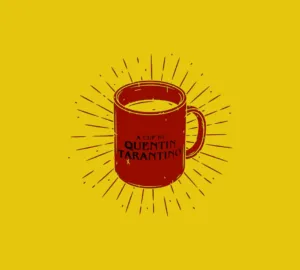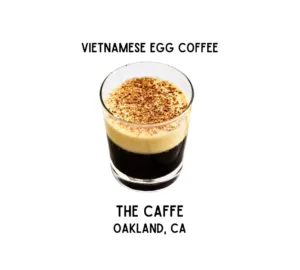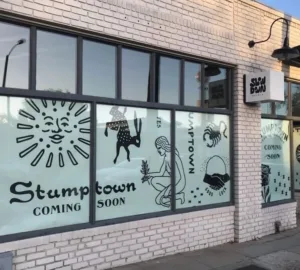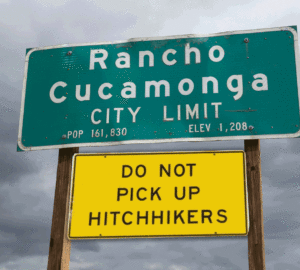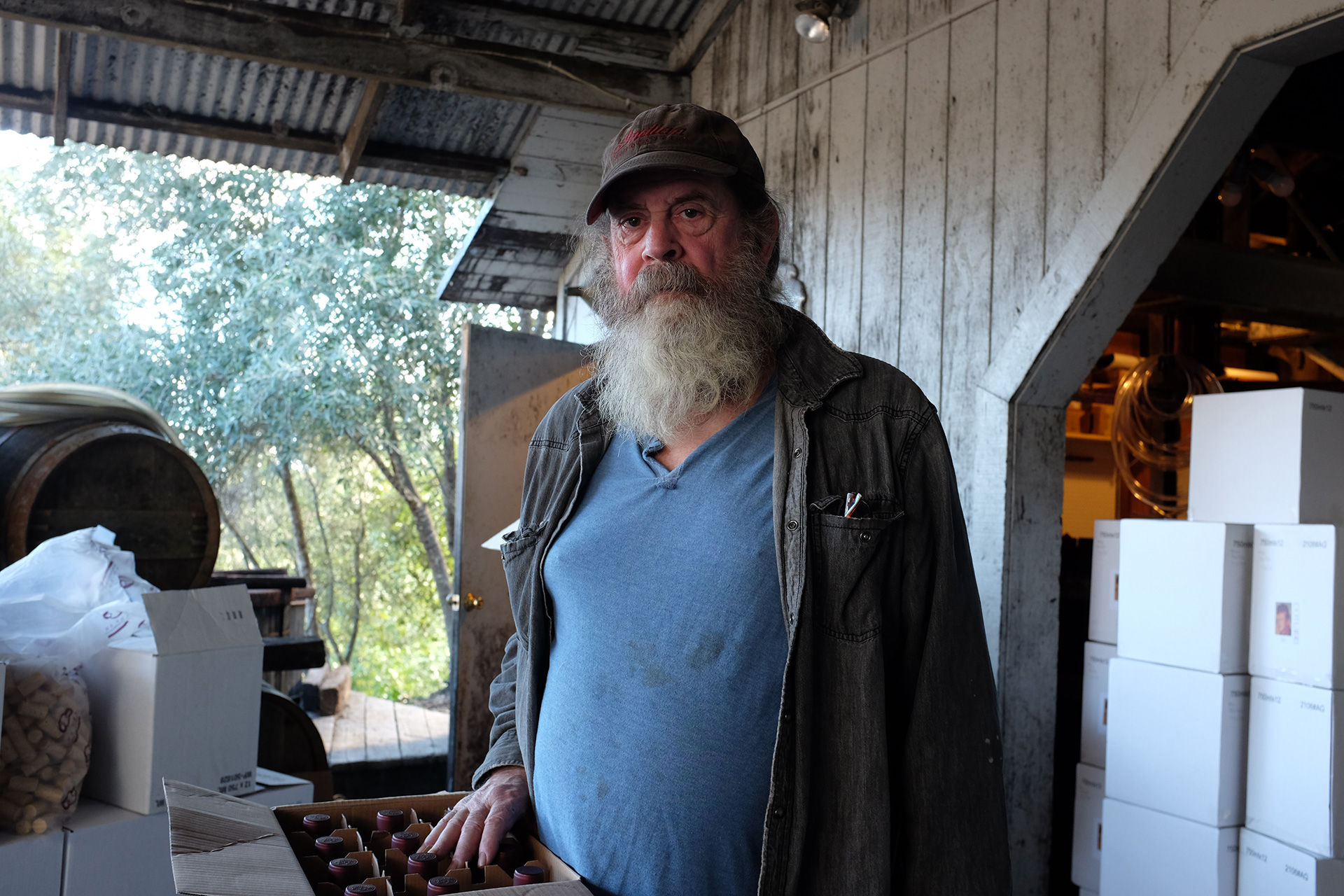
There’s a funny dichotomy in the way we talk about the history of natural wine: One is that it’s the way we’ve always been doing it going back to some thirsty Georgians 6,000 years ago. The other one is that what today we call the “natural wine movement” began in the 70s or 80s with some guys in France. In both of those ways of telling the tale, the Coturri family story gets skimmed over.
Tony Coturri shouldn’t need an introduction, but here goes. Based in Glen Ellen, California—the heart of Sonoma County—he’s been making natural wine for longer than most natty wine drinkers have been alive. Along the way his wines have become a master class in what can happen if you age a sans soufre wine for decades (spoiler alert: good things). The Coturri family has owned their land since 1961, and Tony launched his own winery in his late 20s. Even then, his wines were pesticide-free, sulfur-free, and generally unfucked-with, but it was a very different time, both for winemaking and wine drinking in America. He was a young man on an island, more likely to find like-minded farmer friends in the nut and fruit industries than amongst his fellow vignerons. Robert Parker, perhaps improbably, was one of his most visible early champions, but that was before today’s full-steam embrace by the global natural wine community, where Coturri is a bonafide—if reclusive—star.
He’s the man on the mountain, one of the early lights that helped start it all, and so it’s no wonder that Coturri wines are so distinctive. They’ve got the liveliness of natural wine with the ripeness of classic California; because of how juicy and fruity they can be, the wines have the ability to simultaneously appeal to both ardent natty crushers and average folks who have never heard the word “biodynamics”. They’re wines with a voice as strong as the guy who makes them.
I sat down with Tony Coturri on a warm sunny day on the grounds of his winery to talk about his history in California, the people he’s learned from, and how the wine scene has changed in the last few decades—and is still changing today.
This interview has been edited and condensed for clarity.
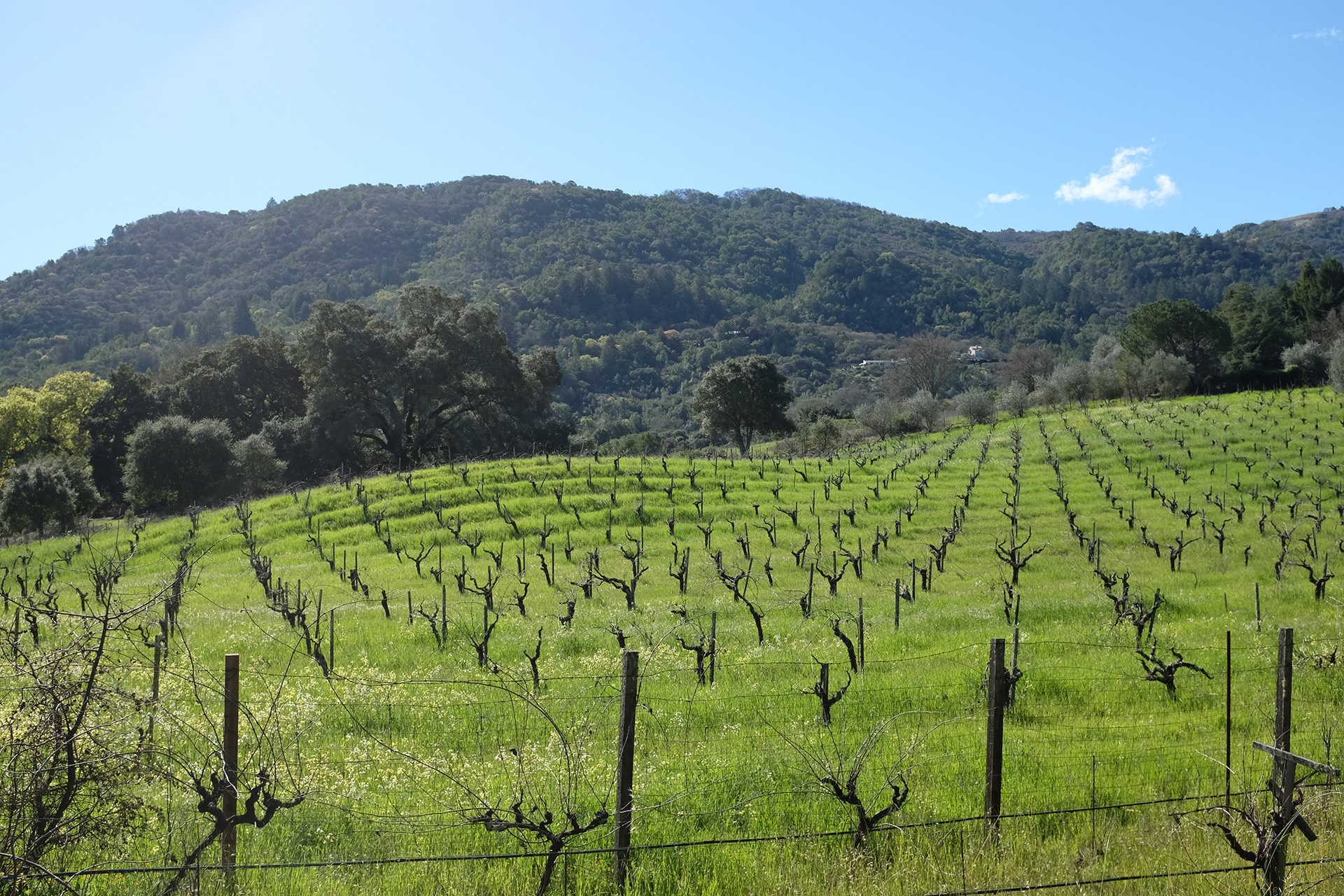
Sprudge: Can you talk about your early days of winemaking and grape growing?
Tony Coturri: Bought the property in 1961. Started making wine with my dad in ’63. By then we had a vineyard with a variety of grapes, both red and white. We made small amounts of wine. In the ‘60s beer and spirits were the hot beverages. If you drank wine, you had a cultural or a social problem, because it wasn’t the norm. Lafite-Rothschild was selling for about $2 in 1959. California wines cost fifty cents a bottle.
What was going on with winemaking in California then?
It’s important to realize that WWII was a big disruptor. It knocked out a huge group of workers that would have been continuing the traditions of their ancestors. With a lack of labor, there was no tradition. The Second World War brought in a lot of chemicals to the wine business, too. That’s where we really start seeing the beginnings of sulfites and pesticides in wine. There was always a certain amount, but not to the point that it was universal. Everything changed then.
Around ’66, ’67 is when you really started seeing the beginnings of lots of Cabernet and Chardonnay being planted. Then there was the Judgement of Paris and the tastings were, as we found out in history, totally rigged. [Editor’s note: this is far from a matter of settled historical consensus] Because of that, all of a sudden there was interest in grapes and in drinking wine.
What were you drinking when you were learning how to make wine?
I was 13 or 14 years old, so I wasn’t drinking a whole bunch at that time, but wine was still kind of the people’s wine. Think about what was there, it wasn’t a lot. Mondavi started in about ’63. We have to give credit to Mondavi because he really put wine in people’s minds, and he also put Napa on the map. Mondavi gets a bad rap, but he brought quality to wine. The amount of attention and traveling that he did put the word out and it made an incubator for natural wine, because if there wasn’t him, it wouldn’t exist.
Right. And you can’t have a conversation about natural wine if you don’t have a conversation about wine in the first place.
California has a natural wine history too. Good wines, made in a simple way. They weren’t manipulated. The beginnings were in the ’50s, Buena Vista, the winemaker there never added yeast. They started fermentation with a house cultured yeast made from the grapes they were using, no commercial stuff. That’s what my dad and I were doing when we started making wine in ’63, too. There’s pictures of us on Instagram showing that all we did was crush, press, and put it in the bottles. We did that through the ’60s.
And while so many folks were making wine with machines growing with pesticides, were you learning about this type of old-school winemaking from?
All this time I still had the ability to get the history of the area, but the interesting thing is all of the men, it was mostly men at that time, were all the fathers of the soldiers that fought in the Second World War. There wasn’t that group, the generation before me. It was two generations before me.
Their knowledge of agriculture is pre-war, so they didn’t have stuff like RoundUp, right?
Right. They didn’t have anything. And it’s not even a fact of not having it. They couldn’t afford anything. The irony of ironies is that conventional grape growing is expensive. RoundUp is not cheap and it wasn’t created until a little later. Those who could afford pesticides were using DDT. After the Second World War, DDT was being used. These older guys were so poor they had to hoe around the vines because they couldn’t afford pesticides. And around 1979, when we became a legal winery, was the beginning of RoundUp.
Back then RoundUp was a very small brand, and it was expensive. One of the biggest expenses in the vineyard is the weed control in the vine row. It was carefully done, and they’d till the soil and loosen it up every other year. One year they’d put RoundUp down because they knew that the soil would turn into concrete if they just kept putting weed killers on the vine rows.
From the first vintage we were never using RoundUp or anything and we’ve never used sulfites. It’s been 39 years of doing it. We started with a Chardonnay and a Pinot that first year and the wines were first available in January of ’81.
Your wines were different from just about everything else on the market. How did your wines sell back then?
The way we were marketing was that the grapes were being grown organically. We make the wine the same way as we’re doing now but the sales were different. Now it’s easy. It’s easier. You got the Punchdown, you got Ordinaire, it’s all worked out. I went to New York in the late ’90s, there was no place to go. In San Francisco, there was no place to go. I learned quickly that you couldn’t go in and start talking about natural yeast and not adding sulfites and organics. You had to just kind of talk about what everybody else talked about. “Oh, the vineyard, and the clay…” and then when you finally made the sale, you said, “Oh, by the way”—and I’ve done this a lot of times—”an added benefit of this wine is there’s no sulfites added and it’s made with natural yeast.” People go, “What?” It was like I was considered just out of my mind, radical.
So who was buying your wine in the ’80s and ’90s?
Well, the Jug Shop in San Francisco was a big one. That was where you went. Then, elsewhere, when I did make the mistake of talking about how the wines were made, how the grapes were grown, there’s wine shops in the city that were afraid of the wine, because the bottles would explode and spew biological contamination on their wine shops. I heard that more than once.
Different times.
The wines we produced had to somehow be equal to or better than what was conventionally made. I had to be able to produce wine that would work in the wine market in a conventional sense. It really required me to work on my craft and also be a lot more mindful of what’s going on in the vineyard in terms of picking. You really had to pick at a balance of sugar and acidity that would give you wine that would clarify itself, because there’s still enough acid in it. It was always a learning experience.
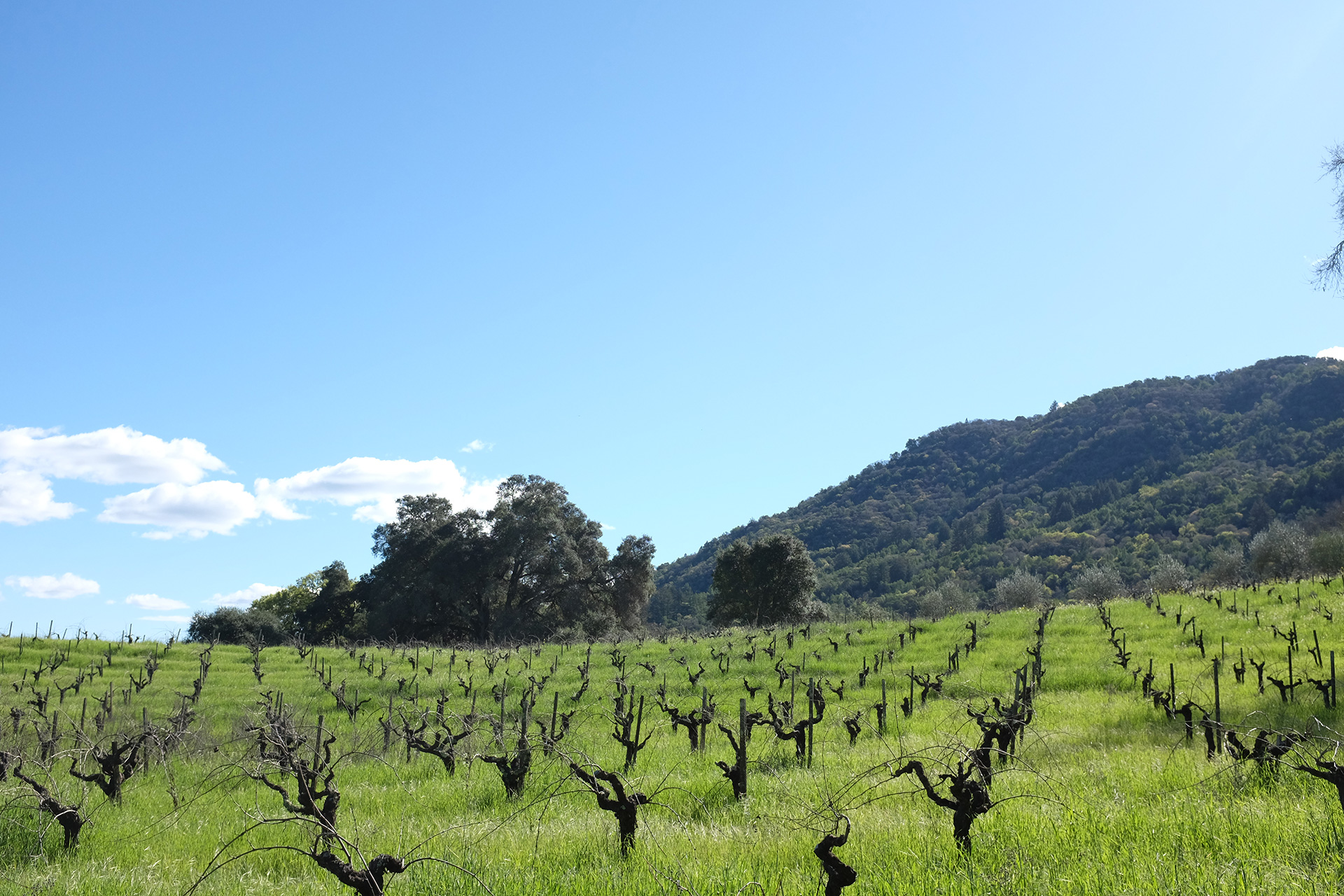
Can you talk about how the winemaking community has changed in California since you started making wine?
When we started in ’79, there were only 13 wineries in Sonoma Valley. There’s over 180 now. There wasn’t a prejudice against Merlot. There wasn’t a prejudice against anything. Then really by the late ’90s, things had really started to change. There were significant changes, both in the economy, but also in what people wanted. I really had to start doing extensive market visits.
And weather has had a huge effect on us, too. The trends now are going away from what California was known for. For most years back then we would be harvesting until Thanksgiving. Now if you can get to late October, you’re doing really well. Now it’s so hard to allow real ripeness. Once the grapes hit a certain sugar level, they just turned to raisins.
Can you talk about what you look for in a wine?
Whenever I taste somebody else’s wine, first of all, the first thing I look at is would I buy this? Would I buy a bottle of this? It’s a natural wine. Would I buy a bottle of this? The second thing is would I get drunk on this, because to get drunk on something, you’re taking an abnormal amount of it, so you have to trust the fact that the wine doesn’t have shit in it that’s going to hurt you.
At the first Cal Fermentation, I was the only one that had Zinfandel. And at Brumaire up until this year, too. Zinfandel is like my middle name. I couldn’t imagine living without it. Zinfandel is California. That’s California. That’s northern California. It’s the sun. It’s the fruit. It’s the ripeness. That’s the beauty of it.
You’ve been mentoring a few folks for a while now, including your son Nic, winemaker colleague Caleb, and Lewis Dickson down in Texas. Has working with these other wine makers made you reconsider anything either in the winery or outside?
Yeah. Caleb has brought a lot to the table for me. The new Albarello is a direct result of him being around.
Which is your kind of nod to the glou-glou.
Right, right, and the young Carignan was something he helped me with, too. I never would release a wine that wasn’t at least a year old in the barrel. Never, never, never. It was just like that was it. You were just sitting there, like the Carignans in the early 2000s. Now that you could put a sappy young wine out there, you could put a wine that’s still got a lot of baby fat on it, and present it properly and understood.
Then, because we were releasing earlier, we could afford to have a wine that’s $25, because we only had it in the cellar for six months, or in the case of the young Carignan, three or four months. That worked out, you know what I mean? We could do that and make the thing roll along.
https://www.instagram.com/p/BltfLGshXx-/?taken-by=coturri_winery
One last question: can you tell me about your time spent with the wine critic Robert Parker? He seems an unlikely champion of Coturri.
We came up through the time when Parker was king. He was like the king. He really did a great service to us in the mid-’90s and boosted our reputation. He gave us big 91s, 92s for these kinds of wines. After that issue of the newsletter came out, people would call me to get the wine, because Parker gave us such a good review.
I remember he came here, and we spent an afternoon together. Great guy. Just the most down to earth guy you’d ever want to meet. Then, after the newsletter came out, he got accused of taking drugs, copious amount of drugs to give Coturri these kinds of reviews.
Obviously you fed him some LSD to trick him into enjoying natural wines.
Yeah, right.
Thank you.
Follow Coturri Winery on Instagram and visit the official Coturri Winery website for ordering information.












